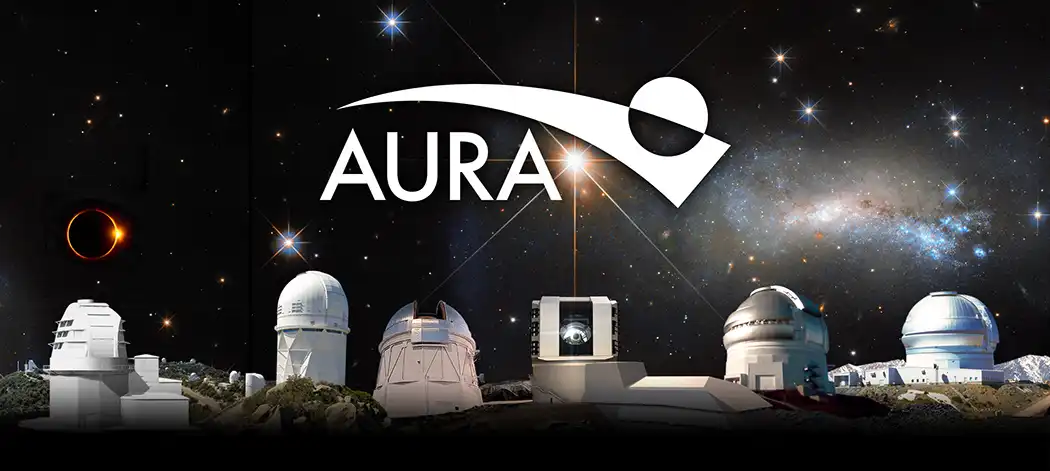More renewable energy projects sought to replace imported oil on Maui and Oʻahu

Hawaiian Electric has drafted requests for proposals for potentially a broad array of renewable energy projects on Maui and Oʻahu that will enable the future retirement of generators run on imported oil.
Once the draft is approved by the Public Utilities Commission, Hawaiian Electric will seek proposals for a variety of renewable energy and capacity resources on Maui and Oʻahu that include wind, solar, biomass and biofuels. Standalone energy storage proposals also will be accepted.
This is Hawaiian Electric’s third phase of Hawai‘i’s largest procurement effort for renewable energy resources to meet the state’s 100% renewable portfolio standard requirement.
The first phase of procurement began in 2018 and the second phase started in 2019. These two phases of RFPs were among the largest single renewable energy procurements undertaken by a US utility, with nearly 600 megawatts and roughly 3 gigawatt hours per year of energy storage in development and expected to be in service by 2024.
This third draft request for proposal (RFP) is unique because it includes firm renewable capacity for both islands. Firm renewable energy is available at all times, differing from intermittent resources such as solar and wind.
While previous RFPs have focused exclusively on intermittent resources, this new procurement seeks to broaden the future generation mix to ensure the two islands have a diverse portfolio of generation resources.
“Hawaiian Electric is excited to embark on this next round of renewable energy procurements, which seeks to enhance grid reliability and address climate change,” said Rebecca Dayhuff Matsushima, vice president of resource procurement for Hawaiian Electric.
For Maui, Hawaiian Electric is seeking at least 180 gigawatt hours annually of renewable dispatchable energy and at least 40 megawatts of renewable firm capacity to be in service by 2027.
For Oʻahu, Hawaiian Electric is seeking at least 475 gigawatt hours annually of variable renewable dispatchable energy to be in service by 2027.
A gigawatt is one billion watt hours. A megawatt is one million watts.
Dispatchable means the company controls when the resource is used – drawing energy from a battery storage system, for example. The company is also seeking 300 to 500 megawatts of renewable firm capacity to be in service by 2029, and 200 megawatts of renewable firm capacity to be in service by 2033.
Hawaiian Electric will evaluate the proposals submitted in response to the Maui and O‘ahu RFPs to determine a final award group from which to begin contract negotiations.
Hawaiian Electric will host virtual public meetings to seek input on the draft RFP:
- For Maui: 5:30 p.m. Tuesday, May 24. The public can attend via Microsoft Teams at hawaiianelectric.com/communitymeetings or tune in live on Hawaiian Electric’s Facebook page or live on Akakū channel 54.
- For Oʻahu, 6:30 p.m. Tuesday, May 10. The public can attend via Microsoft Teams at hawaiianelectric.com/communitymeetings or tune in live on Hawaiian Electric’s Facebook page or live on ʻŌlelo 49.
Participants are encouraged to ask questions and provide feedback during the meetings. Questions can be sent in advance to oahurenewablerfp@hawaiianelectric.com for O‘ahu and mauirenewablerfp@hawaiianelectric.com for Maui. Both virtual events will be recorded. For more information go to hawaiianelectric.com/communitymeetings.
Upon approval from the PUC, the third stage of renewable energy procurement will be open to bids from energy developers locally and globally. Pending approval by the PUC, the first projects are expected to come online no later than the end of 2027. The proposed timeline for proposals, subject to regulatory approval is:
- June 2, 2022: Parties and participants file comments for the draft RFP
- July 18, 2022: Proposed finals RFP filed
- Aug. 31, 2022: Final RFP issued
- Dec. 1, 2022: IPP and affiliate proposal due date
- March 17, 2023: Selection of priority list
- April 4, 2023: IPP and affiliate best and final offers due
- Aug. 4, 2023: Final award group named
- Aug. 14, 2023: Contract negotiations begin









